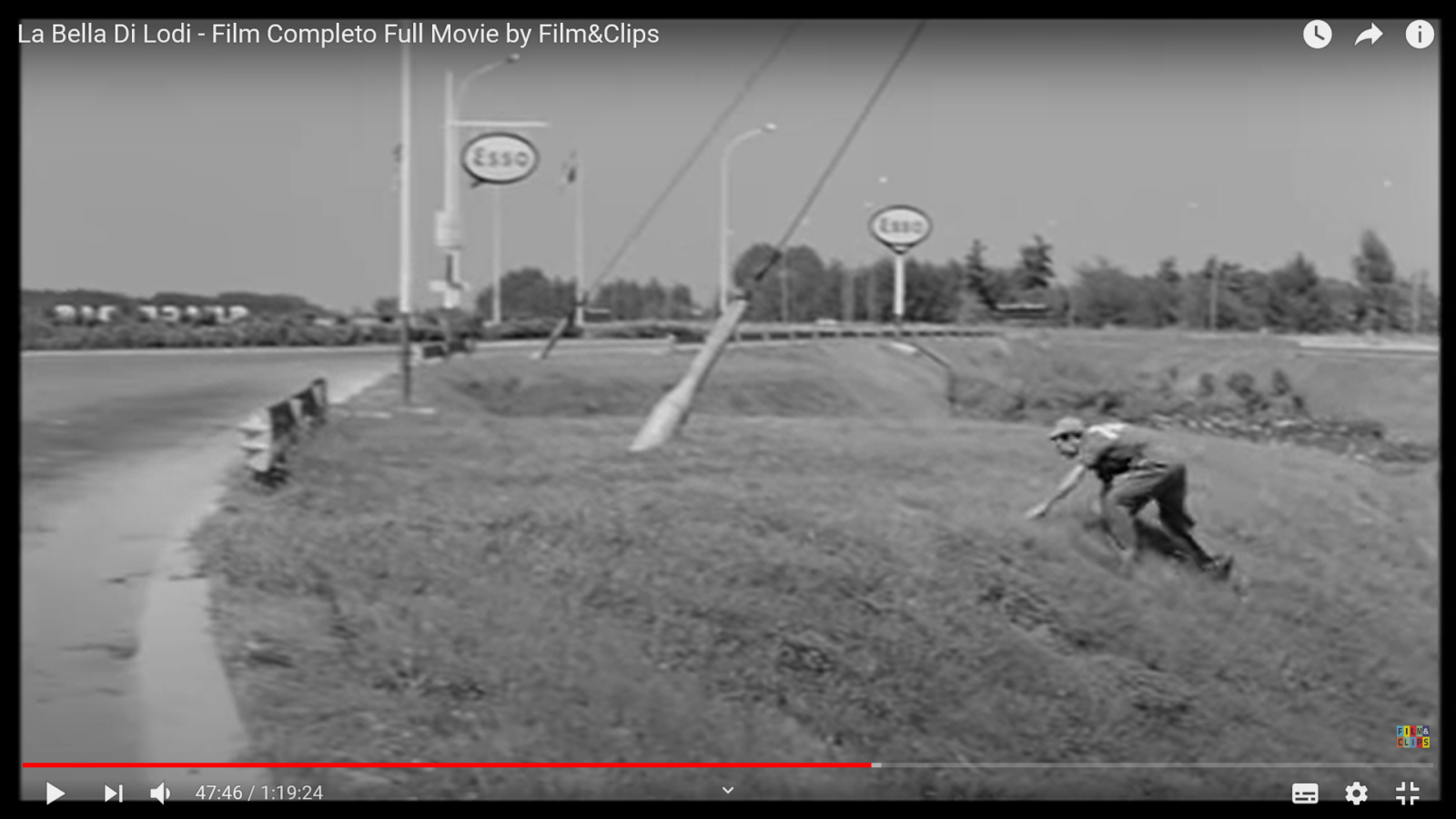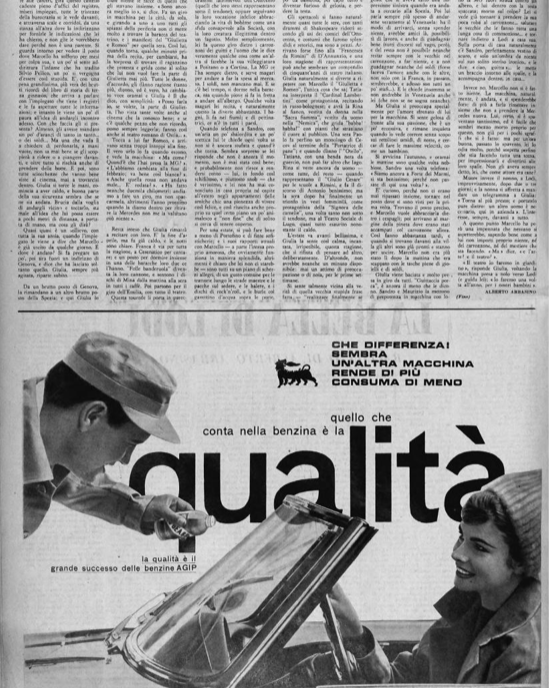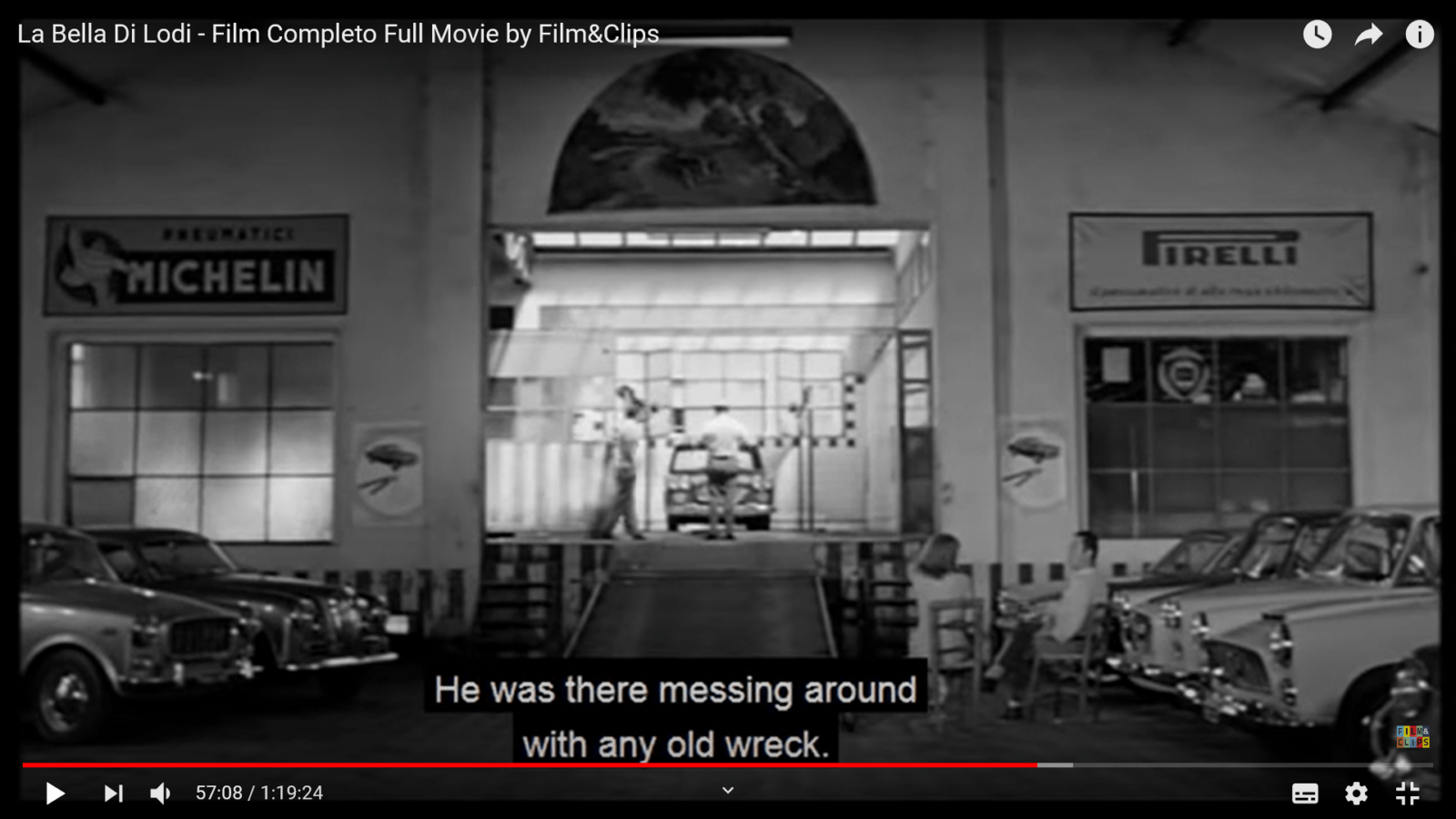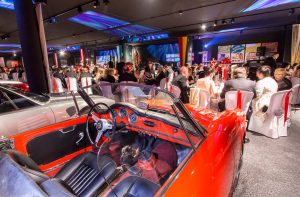KINEMALPHA 6°POINT
The belle of Lodi
15 May, 2020
Today we go back to the fantastic '60s with a very young Stefania Sandrelli...and Giulietta.
We are in 1963, Stefania Sandrelli is very young. The Lodi area is the backdrop for this film in which the beautiful Giulietta is the protagonist. A roundup of great brands puts together the puzzle of memories linked, willy-nilly, to the advertising that was everywhere. All elements that make this new appointment with our virtual Drive-In unmissable, in the company of the friends of Cinemalfa e Fisogni Museum. Good Vision
#TheCultureDoesn'tStop #DistantButUniti
#CultureCare #InsiemePerTheClassical
CINEMALFA PRESENTS: "La bella di Lodi" (1963)
Running time: 80 minutes - Genre: comedy - Director: Mario Missiroli
Cast: Stefania Sandrelli, Angel Aranda, Elena Borgo, Maria Monti, Renato Montalbano, Mario Missiroli.
A beautiful and seventeen years old Stefania Sandrelli plays the role of Roberta who knows Franco on a beach on a summer afternoon. A relationship develops between the two that will take them to various locations in northern Italy. The young girl, a landowner from Lombardy, will try in every way to get Franco, an unscrupulous mechanic, to become a businessman by introducing him to the car trade and to this end she buys him a garage.
Travels, escapes and encounters that take place on board of a white Giulietta spider driven by Sandrelli who, during her journey, meets other Alfisti, or better to say "spideristi" since at a certain point of the film we hear the phrase "...if we don't help each other between spiders!".
We are in the economic boom, an Italy that has recovered from the wounds of the war and that in a sometimes indolent way, lives a very important phase of recovery. This can be seen in the scenes of the film where the service areas, the motels, the highways "smell like new". The car becomes the protagonist of this film, remembering that from 1960 to 1968 the number of registered cars went from 253,000 to 1,000,000. Obviously, the choice of cars is indicative of a social class, of a detachment from the "people of the 500" that is also underlined by some phrases in the film itself.
Mario Missiroli is directing the only film of his career since we are talking about one of the most important theatre directors and the list of his directorships is really endless.
Curiosity: in the 1961 story that appeared in "Il Mondo", Roberta is called Giulia like the legendary car.
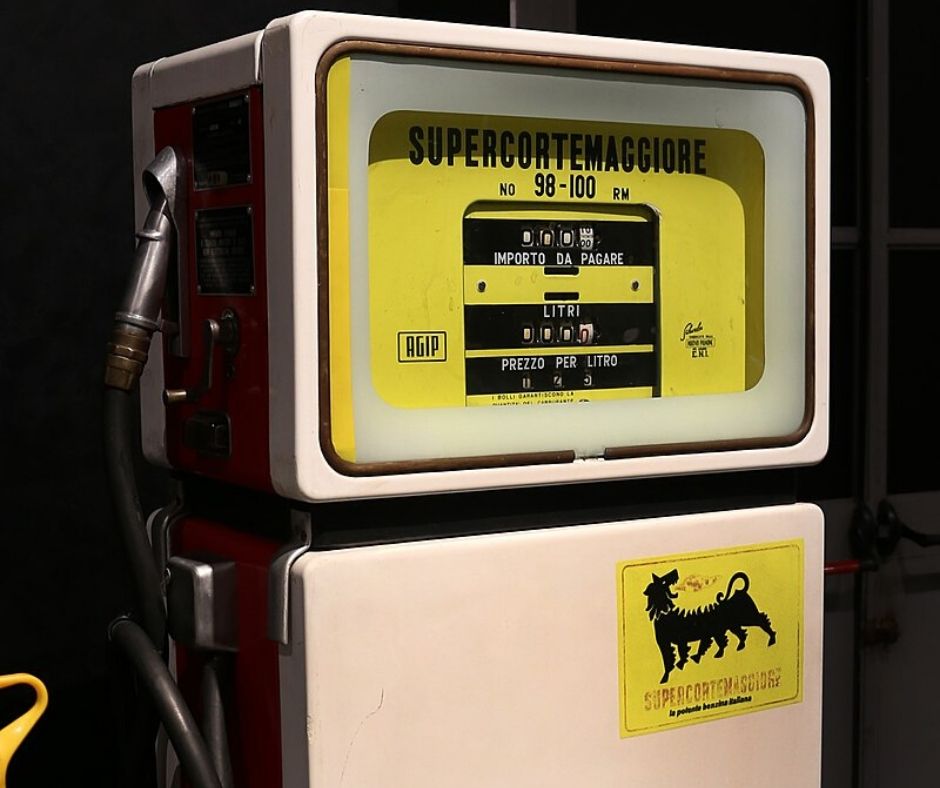
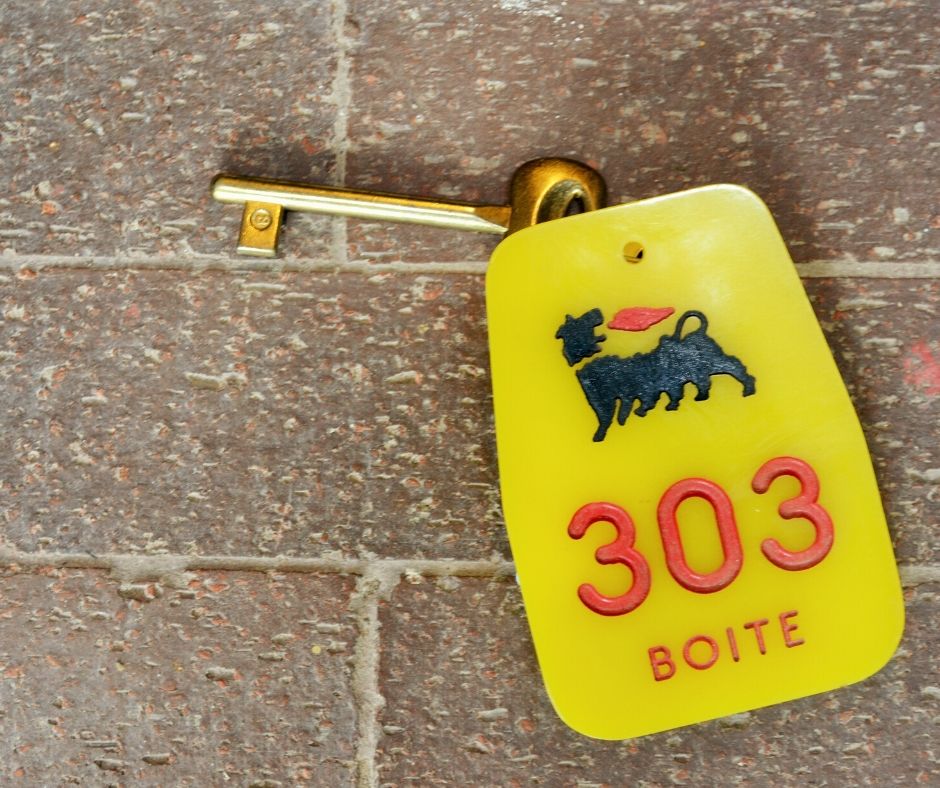
AT THE TRIENNALE WITH THE FISOGNI MUSEUM
Petrol stations are particularly recurrent in this film; in particular, there are numerous scenes set at AGIP petrol stations and hotels, to the point that some have said that it almost seems as if the Italian company sponsored the film. One would think, then, that it is no coincidence that the first edition of the story, published in "Il Mondo" in 1961, was accompanied by an AGIP advertisement.
What is certain is that all the characteristics of service stations in this era of wealth and economic expansion emerge from the film.
From the Esso restaurant to the AGIP motel (a true symbol of times gone by), a breath of modernity and freshness can be seen everywhere. The AGIP establishments, in particular, stand out for their modern architecture (with the typical canopy slanting towards the sky, the work of the architect Mario Bacciocchi) and for the omnipresence of the six-legged dog: on the walls of the motel, on the umbrellas, on the plant pots... and obviously on the advertising plates (or, as they were called at the time, "advertising signs"). Many different brands appear in the film, among which the already mentioned Esso, Pirelli or Michelin with the unmistakable little man (the "Bibendum"). Noteworthy is also the historic graphic of the "Fiat officina autorizzata", which appears on the ACI van parked at the service station.
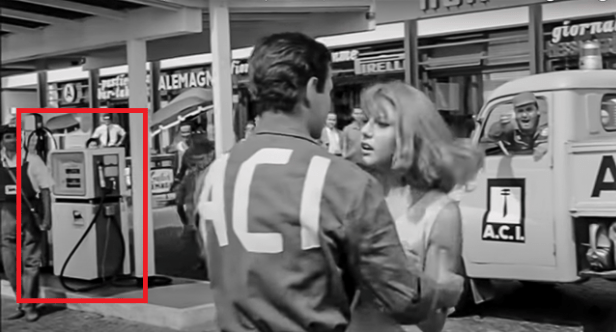
As far as petrol pumps are concerned, there are basically two types; if in the smaller plants there were the typical pumps of the 1950s, with refrigerator plating and the same for all manufacturers, in the more modern petrol stations there is instead an unmistakable object, with a revolutionary design for the time: these are the distributors produced by Nuovo Pignone for AGIP, designed by a great Italian designer, Marcello Nizzoli, together with Mario Olivieri. These models, designed at the end of the 1950s and left almost unchanged (at least from an aesthetic point of view) until the 1980s, anticipated the square shapes of the 1960s and 1970s and are among the most sought-after, especially with the "Supercortemaggiore" livery that appears in the film. The Fisogni Museum has three examples, including one with this graphic design; this last piece, however, is not on display at the Tradate headquarters but is kept - on free loan - at the Milan Triennale, which displays it at events and exhibitions on Italian design.









